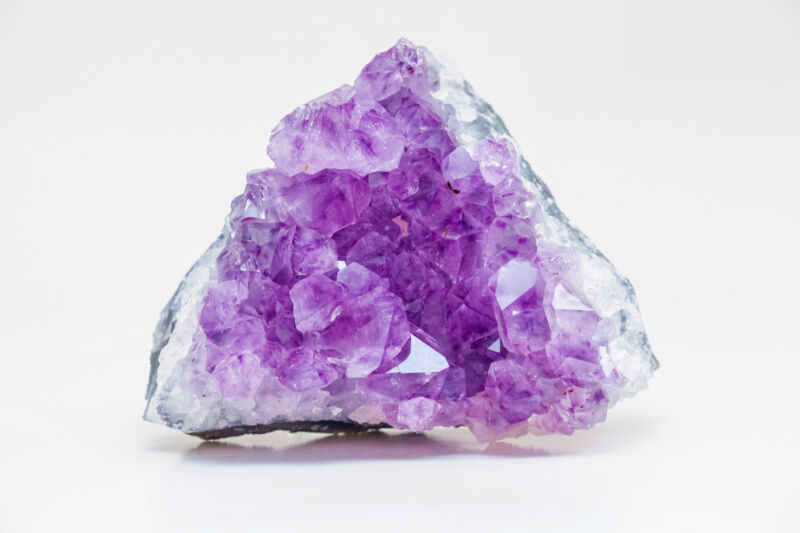-
 chevron_right
chevron_right
How to go from eating mosquitos in Siberia to leading a NASA mission
news.movim.eu / ArsTechnica · Saturday, 2 July, 2022 - 11:30 · 1 minute

Enlarge / Lindy Elkins-Tanton, second from left, and colleagues in Siberia. (credit: Scott Simper / ASU)
Lindy Elkins-Tanton is a Siberian-river-running, arc-welding, code-writing, patent-holding, company-founding, asteroid-exploring, igneous petrologist professor. At various times, she has been a farmer, a trainer of competition sheepdogs, a children’s book author, and a management consultant for Boeing Helicopters. She’s currently a professor at Arizona State University , she helps run a learning company , and she is the principal investigator for NASA’s “Psyche” mission to a metal asteroid .
Her self-described “curvy” career path has taken her research into planet formation, magma oceans, mass extinctions, and mantle melting. The results she’s generated have been foundational and have earned her a constellation of prestigious awards. There is even an asteroid—Asteroid 8252 Elkins-Tanton—named after her.
Given all that, perhaps the biggest revelation in her new autobiography , A Portrait of the Scientist as a Young Woman, is that this stellar high achiever was plagued by the same doubts and lack of confidence that afflict the rest of us. She wavered between forestry and geology as she was applying for college, she was stymied by organic chemistry as a freshman, and she was told she either wasn’t studying hard enough or wasn’t good enough. At times she felt she didn’t belong, and at other times she was told so. But Elkins-Tanton overcame those obstacles—and others far more profound.

